
Dear readers,
Seagrass beds are important habitats for marine life. Many fish species raise their offspring there and mussels, crabs and starfish can hide there. Seagrass meadows can also absorb a lot of CO₂ - an aspect that is becoming increasingly important in the wake of the climate crisis. Researching and protecting them should therefore be close to every sailor's heart. However, the frequent discussion about the negative impact of yachts does not always match my subjective perception, at least in the Baltic Sea.
In addition to all the sporting aspects, experiencing nature is an important part of sailing for me, whether it's dealing with the wind and weather or the unique light moods that can only be experienced on and by the water. That's why the nights at anchor are some of my favourite moments. No noisy streets, no squeaking or squealing fenders and a swim around the boat in the morning instead of a spacy harbour shower.
Even when I was sailing with my parents, the anchor bays of the Danish South Sea were among our favourite weekend destinations and were, so to speak, our adventure playground, which we explored with diving goggles, landing nets and dinghies. What does all this have to do with seaweed?
Well, seaweed and anchoring don't go well together, the green carpet makes it difficult to grip the anchor and increases the risk of drifting when the wind changes. Once broken out, the iron usually collects so many plants that it can no longer hold without cleaning. Hardly any sailor will therefore voluntarily drop the anchor over grass; instead, choose a spot with a light-coloured sandy bottom.
This is where the subjective perception begins, because when I was anchoring in my youth, it was usually enough to pass the three-metre line and the bottom began to shimmer brightly. No matter whether it was Hørup, Lyø, Revkrog near Ærøskøbing or one of the other popular bays. As soon as a good anchor depth was reached, the iron could be lowered - and fell onto fine sand. At best, seaweed was only to be seen in the form of individual patches that could be easily avoided.
More than 30 years later, now with our children, we still enjoy visiting the bays. Today, however, the sandy spots have to be actively sought out. In the depth range between 2.5 and four metres, which is interesting for anchoring, dense sea grass grows almost everywhere. Pure sand, on the other hand, can only be found in much shallower water. And this is despite the fact that the bays are visited by far more yachts than ten years ago. My colleague Andreas Fritsch has had different experiences in other areas.
Of course, individual bays do not give a picture of the entire Baltic Sea, but when seaweed thrives even in areas stressed by yacht anchoring, it is difficult to understand the call for additional protected areas and anchor bans, as proposed in the Baltic Sea Protection Action Plan are listed. Incidentally, the anchors are listed first, well ahead of lack of light as a result of over-fertilisation.
To make it clear: I do not deny that anchors and chains leave marks on the bottom. But I don't think much of blanket bans. Especially as my subjective perception of the development of the seagrass population differs from the picture outlined in the calls for new protected areas. It is often pointed out that the seagrass population has decreased by 30 per cent in the last 50 years.
I cannot explain this discrepancy, but I have a suspicion: the figures do not explicitly refer to the Baltic Sea. In fact, the data on seagrass beds seems to be rather patchy. Comprehensive surveys are difficult or impossible to find and the data that is available is based on aerial photographs, sonar analyses, underwater video recordings and direct observation by divers. Unfortunately, each method has its weaknesses. Echo sounder and sonar systems, for example, can only be used sensibly in water depths of more than five metres, and as the spatial coverage depends directly on the water depth, an extremely narrow search pattern would be necessary for shallow water areas.
The situation is similar with underwater video recordings or the use of divers; only random samples are possible with these techniques. They are therefore usually combined with aerial photographs in order to draw conclusions about the large-scale distribution. However, aerial photographs are also not easy to interpret, especially as the turbid waters of the Baltic Sea often limit visibility to two to three metres. In short, the question of the distribution of seagrass seems to be anything but trivial.
The report from Mecklenburg-Western Pomerania fits in with this. There, the federal government is investing 12 million euros in a research project to map the seagrass meadows along the coast using satellite images for the first time. Based on this data, plans for protection and possible new plantings will be developed. Eight years are estimated for this, which indicates the scope of the undertaking.
The brains behind the Baltic Sea Protection Action Plan will probably not want to wait that long and prohibition zones will have long since been decided. Then it would be a pity if my subjective perception is not so subjective after all and the seaweed in the Baltic Sea is not doing so badly, or at least not in the areas "anchored" by yachts.
Hauke Schmidt
YACHT editor
PS: What are your experiences, have you made similar observations on the development of the seagrass population or do you have a different opinion? Feel free to write to us at mail@yacht.deSubject: Seaweed.
Click on it to see through:
The week in pictures
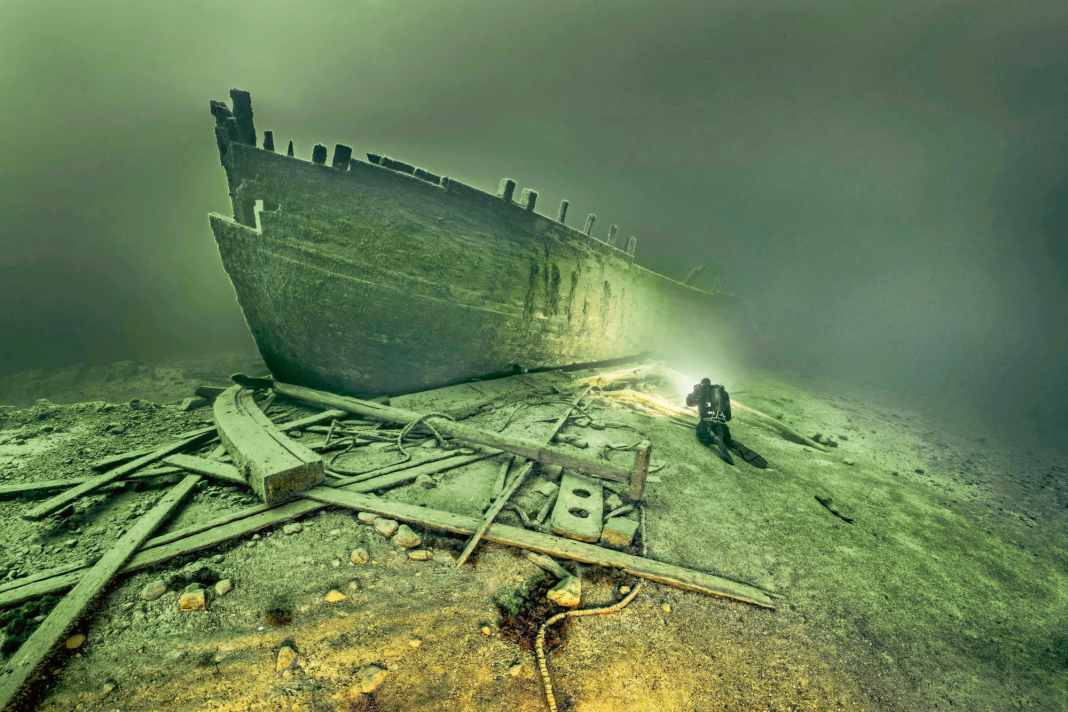





Recommended reading from the editorial team

Hallberg-Rassy
First photos of the new HR 370 with aft cockpit
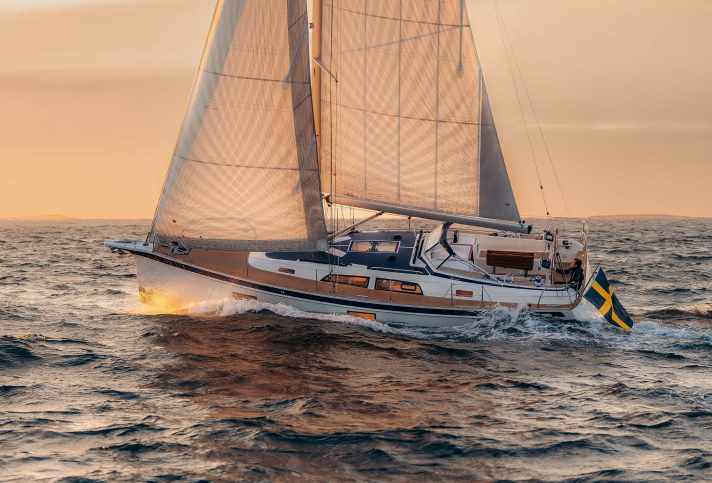
The renowned Swedish shipyard is once again focussing on more compact sizes and is expanding its range in the conventional model segment.
Linjett 36
First impressions, fresh photos, nice details
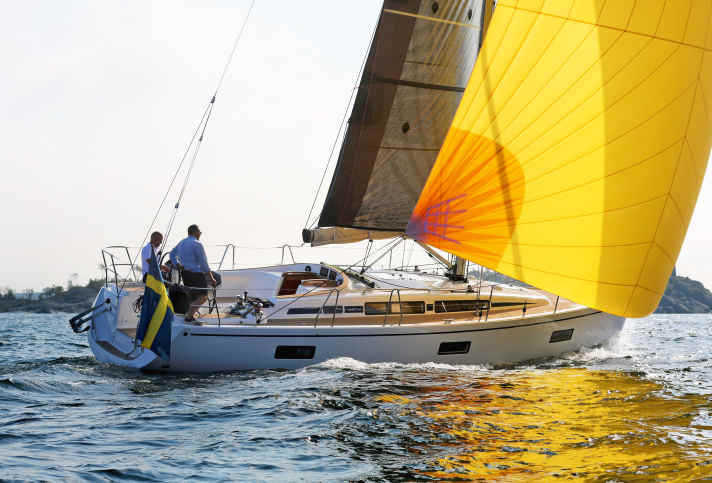
The new Linjett 36 manages the balancing act between tradition and modernity. The boat is the smaller version of the successful 39. The prototype is already afloat.
Technology
16 ingenious boatbuilding solutions that are rarely found anymore
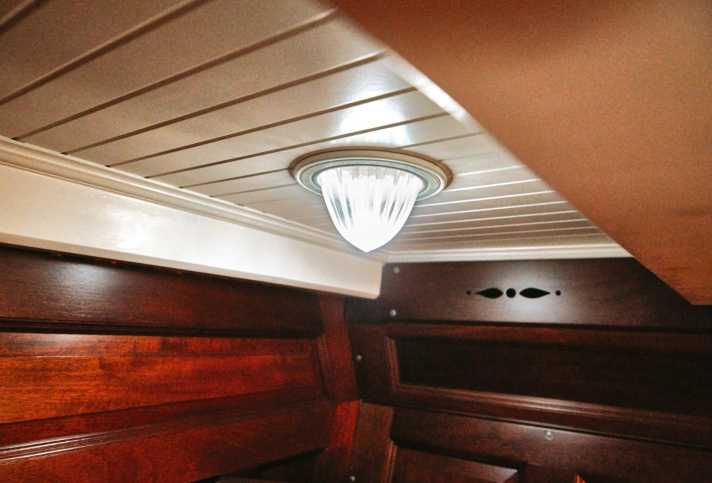
Not everything was better in the past - but some things were. What good solutions are worth rediscovering on board, or: Give me the lemon!
Sun Odyssey 415
Twelve-metre cruiser sets new standards - also in terms of price
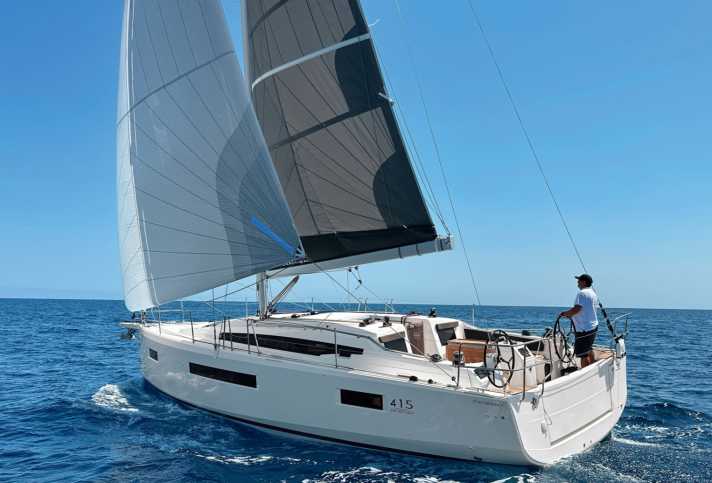
With the launch of the Sun Odyssey 415, Jeanneau is pursuing ambitious line maintenance and turning the price screw - downwards. Will this be a new trend?
Globe40
Penalty shoot-out off La Réunion? Burke and Fink are up!
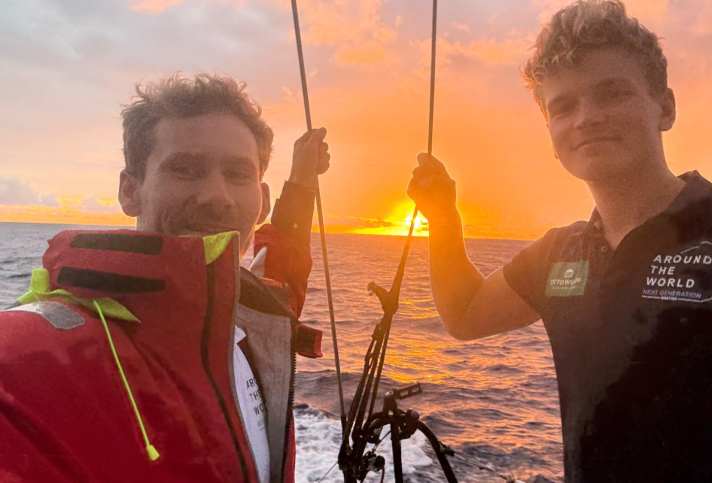
Saturday thriller ahead in Globe40: Lennart Burke and Melwin Fink are back in the lead. Will there be a "penalty shoot-out" off La Réunion?
Halloween
The ghost ship of Gotha
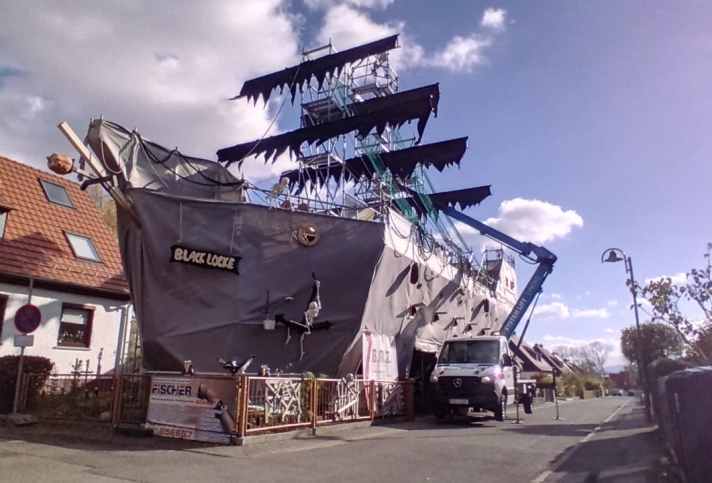
Probably the biggest private Halloween party in Thuringia takes place on a giant ghost ship. Everyone is invited to get spooky and admission is free.
Transat Café L'Or
"11th Hour" in top three, Class40 stops, Beucke injured
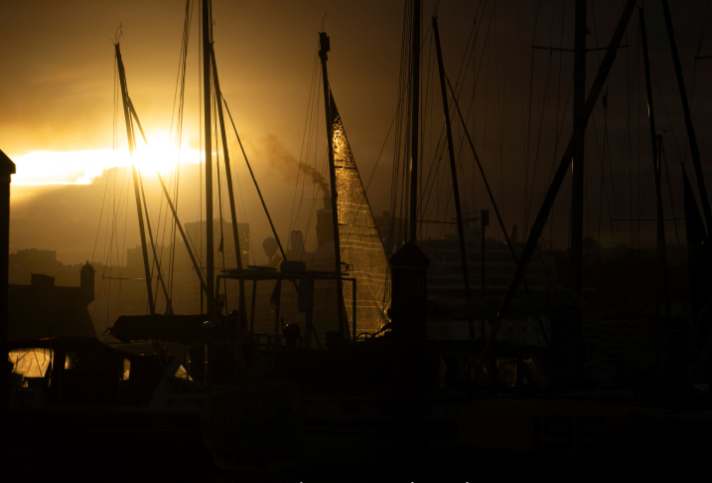
Moving Transat Café L'Or: Boris Herrmann's fellow competitor from the Ocean Race Europe celebrates his 32nd birthday as leader. Sanni Beucke is injured.
Mini-Transat
Fabulous 24-hour record - Benoît Marie shines
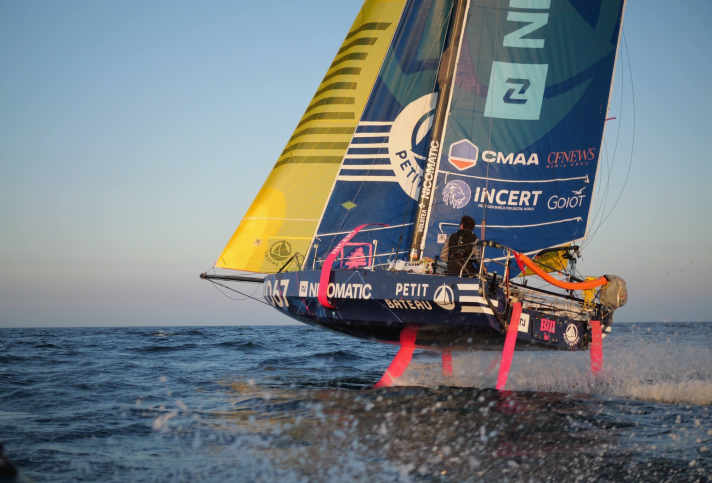
In the La Boulangère Mini-Transat, Benoît Marie on "Nicomatic - Petit Bateau" has raised the 24-hour record. Hendrik Lenz remains in the top group.
Driving licences
DSV warns of loss of quality
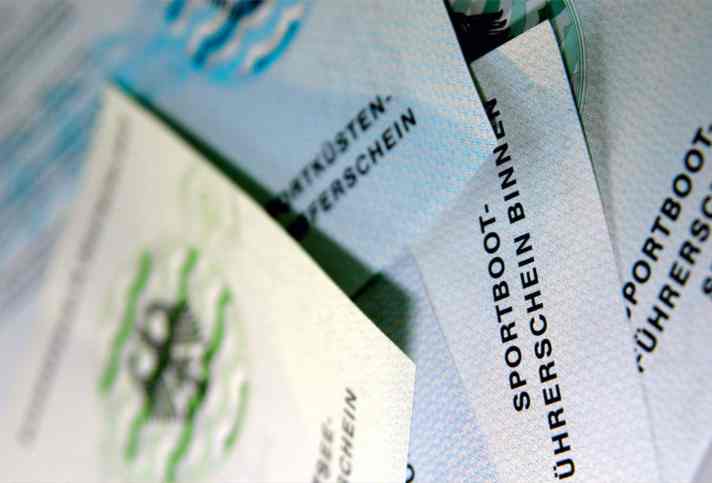
The Federal Ministry of Transport plans to abolish official recreational boating licences. The DSV is now warning of a loss of quality in training.
Oceanis 52
A strong piece of yacht building on the test bench
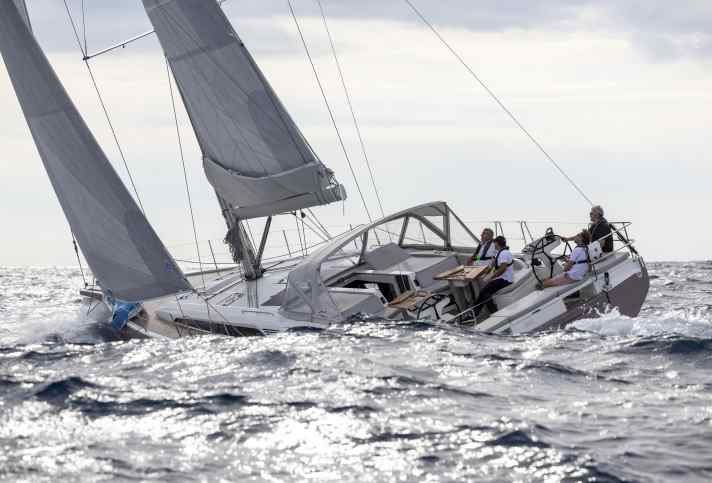
This yacht has nothing to hide. The new Oceanis 52 from market leader Benteau impresses in the YACHT test, with strong sailing characteristics and a high standard of equipment. The first photos from the trial run in Spain.
Newsletter: YACHT-Woche
Der Yacht Newsletter fasst die wichtigsten Themen der Woche zusammen, alle Top-Themen kompakt und direkt in deiner Mail-Box. Einfach anmelden:

